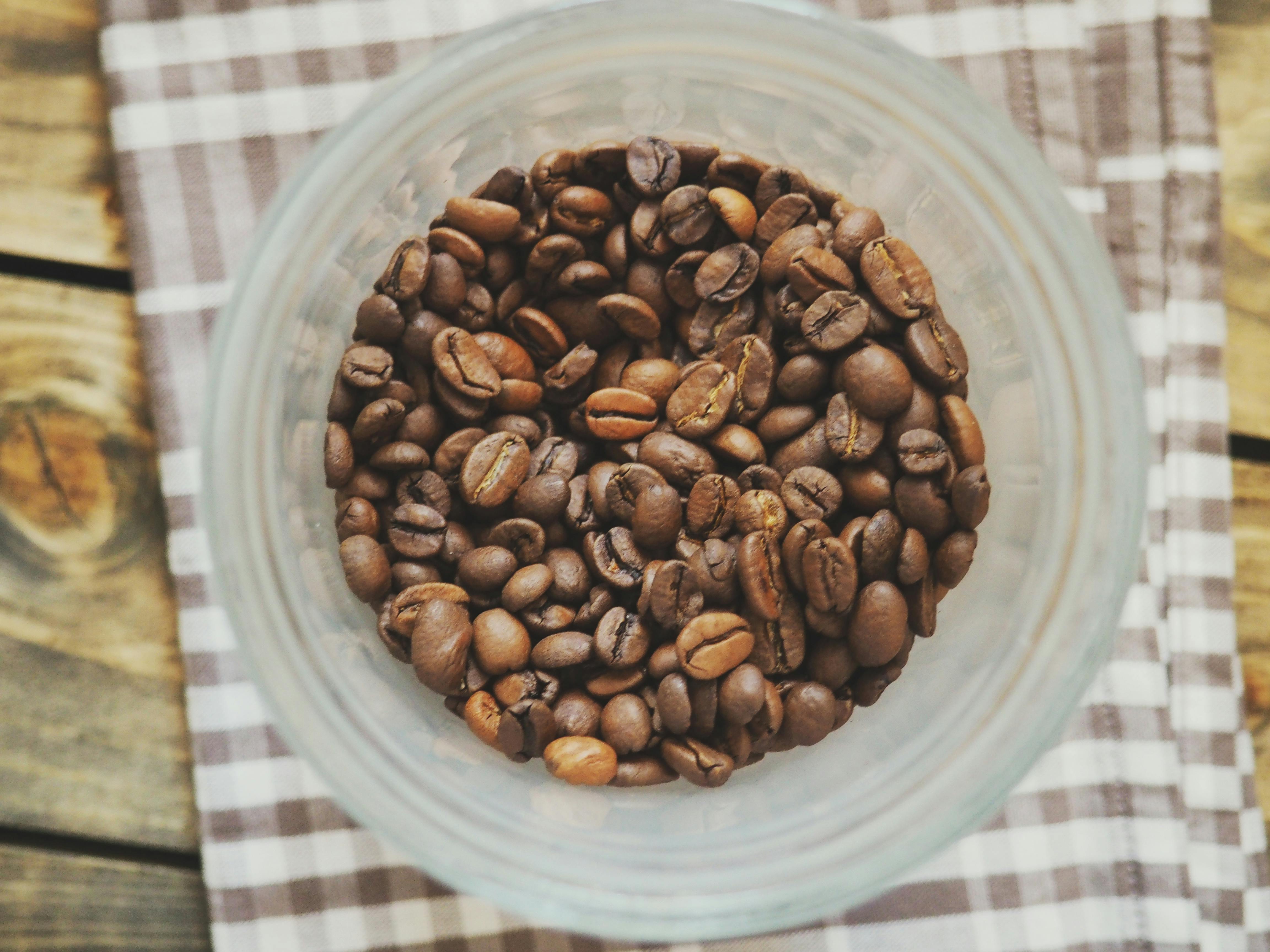
Caffeine is also added to energy drinks although the actual amount of caffeine is greater in a cup of coffee. A single coffee bean has approximately 1.9 milligrams of caffeine for arabica coffee beans and 2.9 milligrams for robusta coffee beans.

For a full 100g, you should consume 5g caffeine).
Caffeine in coffee beans. Hence, one cup of this coffee made with the strongest coffee beans will make you unstoppable throughout the whole day. One 16 oz cup of coffee bean and tea leaf’s regular. #1 caffeine in arabica coffee beans.
For example, espresso typically contains more caffeine than regular brewed coffee. Caffeine with a cup of coffee in dilettante’s chocolate covered espresso beans, caffeine is a component in addition to caffeine. Research in hot brew coffees show that both roasting temperature 33 , 34 and grind size 35 , 36 affect the extraction kinetics and maximum extractable concentration of soluble compounds from coffee.
7 rows it’s also quite high in caffeine content. Eating about 16 roasted coffee beans gives you the same amount of caffeine as a cup of coffee. However, the exact measurement depends on the variety used in the coffee.
Arabica coffee beans contain 1.5% caffeine. These studies often focus on analysis of green coffee beans, hot brewed coffee consumption, or make no distinction to the brewing method used. The answer to this depends on which type of coffee bean you’re using, how you brew it, and how long you brew it for.
This extracted caffeine is only a portion of the amount that is actually in the beans, so while a typical bag of arabica beans contains 6 milligrams (mg) of caffeine per bean, when brewed this amount drops to roughly 1. Some plants naturally produce more caffeine. Caffeine naturally occurs in many plants, including coffee and cocoa beans, and tea leaves.
The type of coffee beans you use also makes a difference; Millions of people rely on caffeine every day to stay alert and improve concentration. Caffeine is the main alkaloid in coffee beans representing 1.2 to 2.2% of the dry bean weight.
Caffeine is also added to energy drinks although the actual amount of caffeine is greater in a cup of coffee. It adds flavor to your life and excludes bitterness so that you can enjoy the great taste without jitters. Since coffee beans have a more concentrated amount of caffeine, you’ll need to eat less of them to get the same amount as in a cup of coffee.
This article lists the caffeine content in different coffee types. A single coffee bean has approximately 1.9 milligrams of caffeine for arabica coffee beans and 2.9 milligrams for robusta coffee beans. There are mainly two species of plants that produce coffee beans and they do differ in their caffeine content due to various factors.
Approximately two million units of energy are derived from each bean of. Ninety nine milligrams (1 gram) of caffeine per day. Coffee beans that have not been roasted lower caffeine content while there is 100mg of caffeine in standard cups of roasted coffee, there is only about 20mg of caffeine in cups of green beans.
At this level, 4 cups of coffee per day will keep you within the safe limit of. Coffee beans with a single arabica bean usually contain 1.5%. The variation found for caffeine was between 15 mg/g and 20 mg/g while the weight of a single coffee bean ranged between 130 mg and 180 mg, with an average of 160 mg.
It is also known as coffea arabica which is regarded as the coffee beans of high quality which has a sweet and fruity flavor. For example, robusta beans usually have more caffeine than arabica beans. When eaten whole, rather than consumed in single portions, espresso beans will provide more energy.
In a single coffee bean, there are about 6 milligrams of caffeine; For a full 100g, you should consume 5g caffeine). Just because light roast coffee beans don’t have more caffeine than dark roast beans doesn’t mean all coffee beans are the same.
The caffeine in coffee beans. As a matter of fact, the beans you buy have a big effect on caffeine levels and flavor. However, a study investigated the amount of caffeine in roasted coffee beans from different origins and also the weight variation of a single bean.
How much caffeine is in coffee beans? While the origin of caffeine�s medicinal use is not totally known, research shows that the practice of consuming coffee and tea regularly is somewhat recent, from a historical perspective. Caffeine is present in coffee beans at about 1.5% to 2%.
High caffeine whole bean organic coffee: For example, arabica coffee has about 12 milligrams of coffee per gram, while robusta coffee has about 22 milligrams per gram. When coffee beans are brewed, a certain amount of caffeine is extracted along with the acids, oils, and other components found in the beans.
(1) according to mayo clinic up to 400 milligrams (mg) of caffeine a day appears to be. Roasted coffee beans will lose about 10% of their weight because of the moisture content that is removed during the roasting process. An organic strong coffee with high caffeine content and delicious flavor.
You can see this difference by comparing the caffeine in coffee from different cafes. So roasted coffee beans actually contain even less caffeine than whole coffee beans. However, the amount of caffeine in a cup of coffee can vary depending on the type of coffee and how it is prepared.
An average cup of coffee contains 95 mg of caffeine, but some types contain over 500 mg. While arabica is the most popular type of coffee bean in supermarkets, robusta has nearly twice the caffeine content.